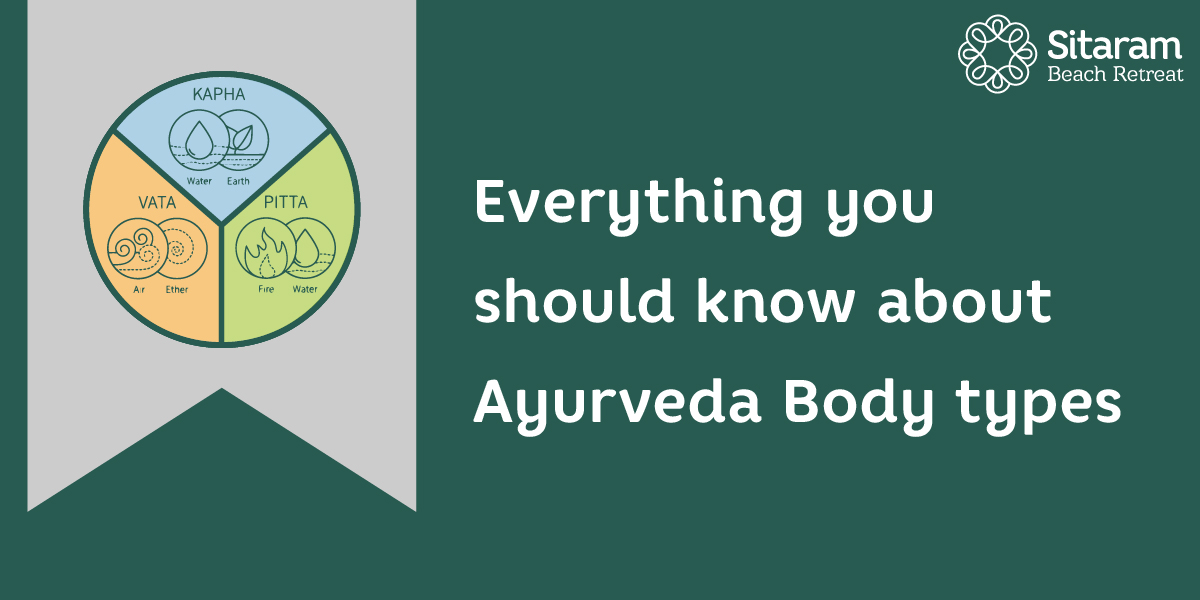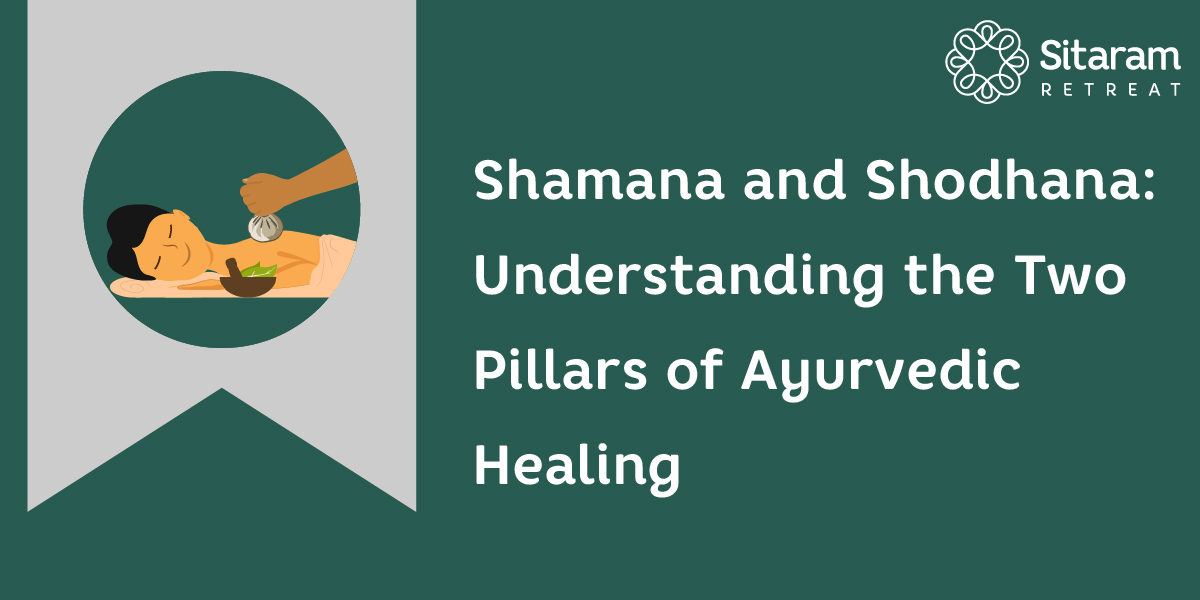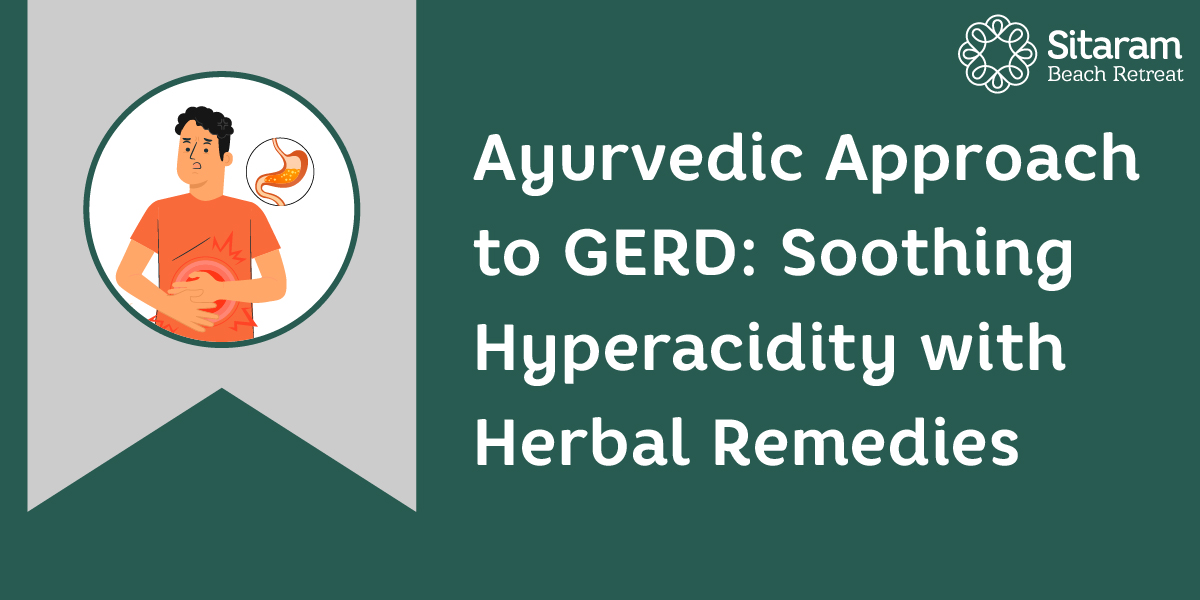Everything You Should Know About Ayurveda Body Types
By Vignesh Devraj

Did you know that your body is made up of the 3 dosas and that the dominance of these determines your physical characteristics and personality? Are you curious about your Ayurvedic prakriti? Do you want to know more about the diets that suit your Prakriti? You’ve come to the right place.
Everything you need to know about your Prakriti:
The ancient holistic medical system of India known as Ayurveda, which has been practised since 1500 B.C., focuses on the body, mind, and spirit and strives to maintain health, promote health, and prevent and treat disease.
Ayurveda bases its theory on the Panchamahabhoota (the five basic elements: Space, Air, Fire, Water, and Earth) and Tridoshas (the three biological humours: Vata, Pitta, and Kapha), which are present in each and every cell of the body along with mind and spirit. It defines health as a state of physical, psychological, social, and spiritual well-being. Dosha balance is referred to as health, while dosha imbalance (Vikriti) is referred to be sickness.
The term “Prakriti” refers to the dosha-based nature of the body, and it is determined at the moment of conception based on which dosha is dominant. It determines a person’s physical and mental features and does not alter throughout their entire life. According to tridosha, this Prakriti has seven different varieties.
All three doshas are present in every living thing. Without a specific amount of each, we cannot exist. The structural integrity of the body is maintained by Kapha, metabolic activity is provided by pitta, and movement and expression are made possible by Vata. The percentage of each energy in a person’s constitution serves as the finest way to describe that person’s constitution. In this sense, there are an unlimited number of combinations and permutations, with no two people being precisely the same, rather than only three types (vata, pitta, or Kapha), or even seven types (combinations).
Vata Prakriti
Of the three Ayurvedic principles, vata is regarded as the dominant force in the human body. Vata, the principle of mobility, controls all bodily activity, both physiological and mental. It is in charge of several different bodily processes, including breathing, eye blinking, heartbeat, and many others. The Vata is energetic and vivacious when it is in equilibrium. To maintain the vata in balance, adequate rest and relaxation are required. When the vata is out of equilibrium, one may have issues like dry skin, coughing, and hair that is brittle.
People with vata tend to have dry skin and hair as well as small, lanky frames. They can have joint discomfort, cold extremities, and circulatory problems due to their sensitivity to the cold.
They have lively, vivacious, and energetic personalities. Furthermore, they are known to be imaginative, intuitive, and sensitive individuals.
Active both physically and mentally, they frequently multitask and speak quickly.
Vata persons are prone to mood swings and may be easily overwhelmed. Vata people’s emotions can seem like fear, worry, and uneasiness when they become agitated.
Vata balancing diet:
- Foods that promote kapha traits, such as steadiness and smoothness, are best for vata types. This is said to balance the vata’s coldness and lightness.
- While pungent, bitter, and astringent foods may aggravate vata persons, sweet, salty, and sour foods balance them.
- They should select warm, fatty, heavy foods that are simple to digest. Cold and uncooked meals should also be avoided, as should stimulants like nicotine and caffeine
Pitta Prakriti
Pitta is dominant in Agni Mahabhuta(fire element). It is in charge of controlling body temperature while fostering energy and appetite.
People whose Prakriti is Pitta dominant have a moderate to a medium body built. They have radiant skin and well-developed calves and arm muscles. They are determined, strong willed and have good leadership skills.
Sun sensitivity is common in pitta people. When blushing or after exposure to the sun, the skin turns red. They also tend to age more quickly. Pitta persons get good nighttime sleep, although they can feel uncomfortable in warmer conditions.
Pitta’s personalities tend to be quite decisive. They do better in situations that need leadership because of their powerful voice. But they are frequently irritable and impatient due to their fire essence.
Pitta dosa balancing diet:
- Pitta dosa is pacified by consuming rasas that taste sweet, bitter and astringent.
- Consuming a combination of fresh, cooling, grounding, and carbohydrate-rich foods can calm the aggravated pitta dosa.
- Cooling spices greatly pacify vitiated pitta dosa.
- The greatest foods to balance pitta dosha are fresh fruits and vegetables. Fruits that taste sweet and are just a little bit astringent can calm pitta. It is crucial to discern between tastes when choosing foods to calm pitta since anything sweet can benefit you while a fruit or vegetable that tastes bitter can harm your body.
Kapha Prakriti
Bhumi and Jala Mahabhuta make up the majority of the Kapha dosa. All things have structure and strength due to Kapha, which also gives them the cohesion needed to sustain a certain form. In addition, Kapha hydrates all tissues and cell structures lubricates the joints, hydrates the skin, boosts immunity, and protects the tissues.
People who are Kapha dominant have huge, long limbs and thick, broad, well-developed frames. They support their powerful build with exceptional stamina. Typically, the skin is pale, smooth and greasy.
They have a good recall and a cheerful, courteous demeanour, yet they may also be stubborn and unyielding. On the other hand, they are trustworthy, tolerant, persistent, and patient. They dislike altering their routines and favour a sedentary existence.
Ayurveda is a holistic medical system that emphasises encouraging body-mind harmony. Ayurvedic diet is a type of diet plan that is based on your dominant dosa or Prakriti.
Kapha dosa balancing diet:
- Liquids:
You can balance your body’s Kapha and get rid of excess Kapha by following a liquid diet one day a week. The best examples of a Kapha-pacifying diet are consuming fresh fruit and vegetable juices, smoothies, and warming liquids like herbal tea and soups.
- Fruits:
A Kapha diet must include light fruits like apples, pears, watermelon, pomegranates, apricots, and cranberries, among others. They are far superior to eating their heavier or sour counterparts, such as dates, avocados, oranges, pineapples and bananas.
- Sweeteners:
If you want concrete answers to the topic of how to get rid of Kapha in the body, you should stay away from most sweets other than honey. Honey is recommended for intake because it is thought to be the sole sweetener that can calm Kapha the best. One of the most effective and trustworthy strategies is using honey for weight loss. A teaspoon of raw honey per day can be incorporated into your Kapha diet to aid in the body’s release of extra Kapha.


 retreat@sitaramayurveda.com
retreat@sitaramayurveda.com +91 813 8888 912
+91 813 8888 912





